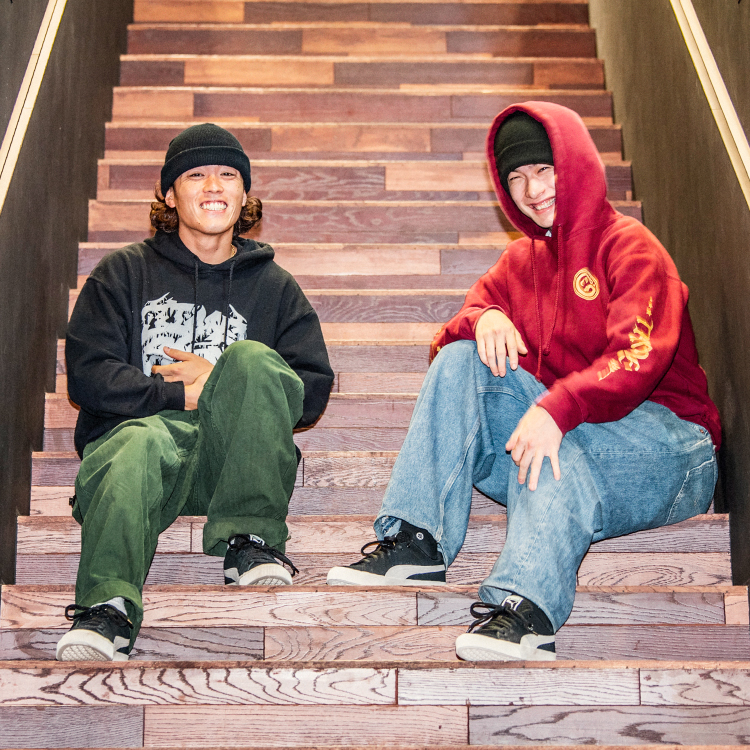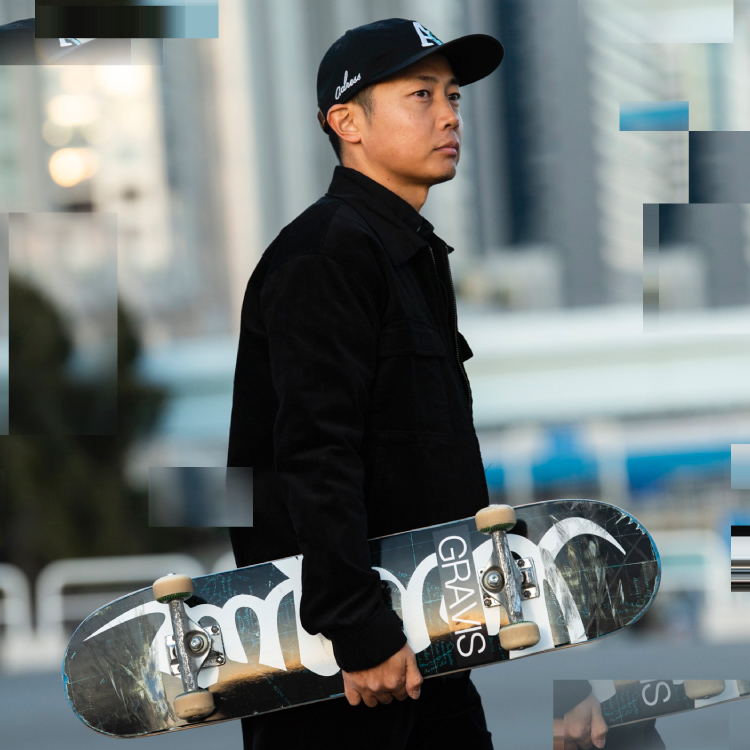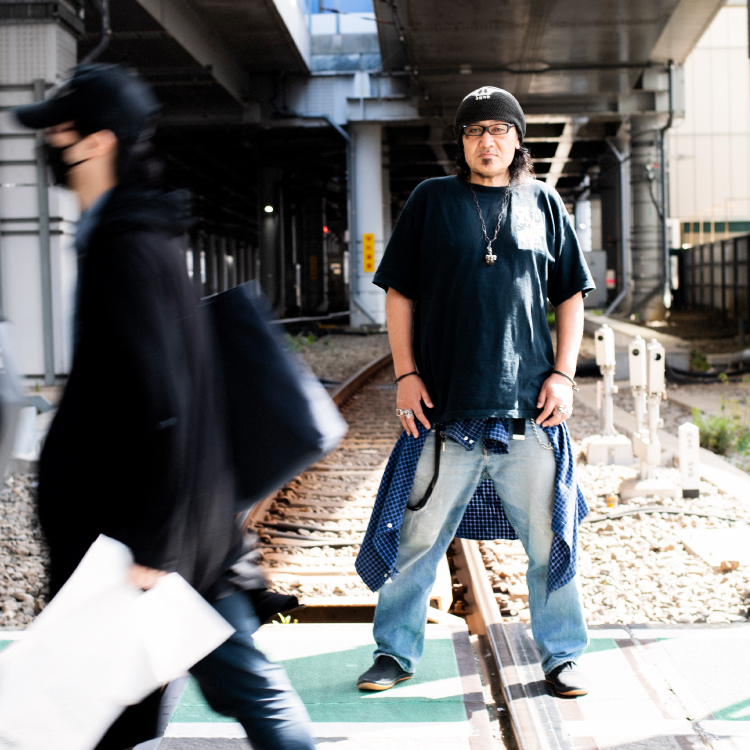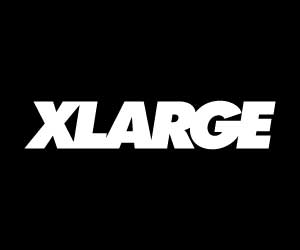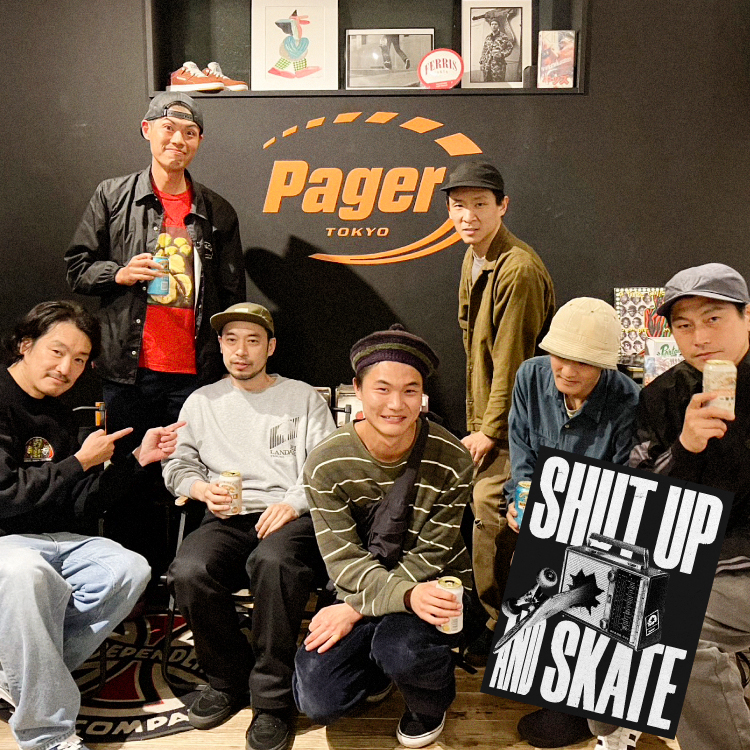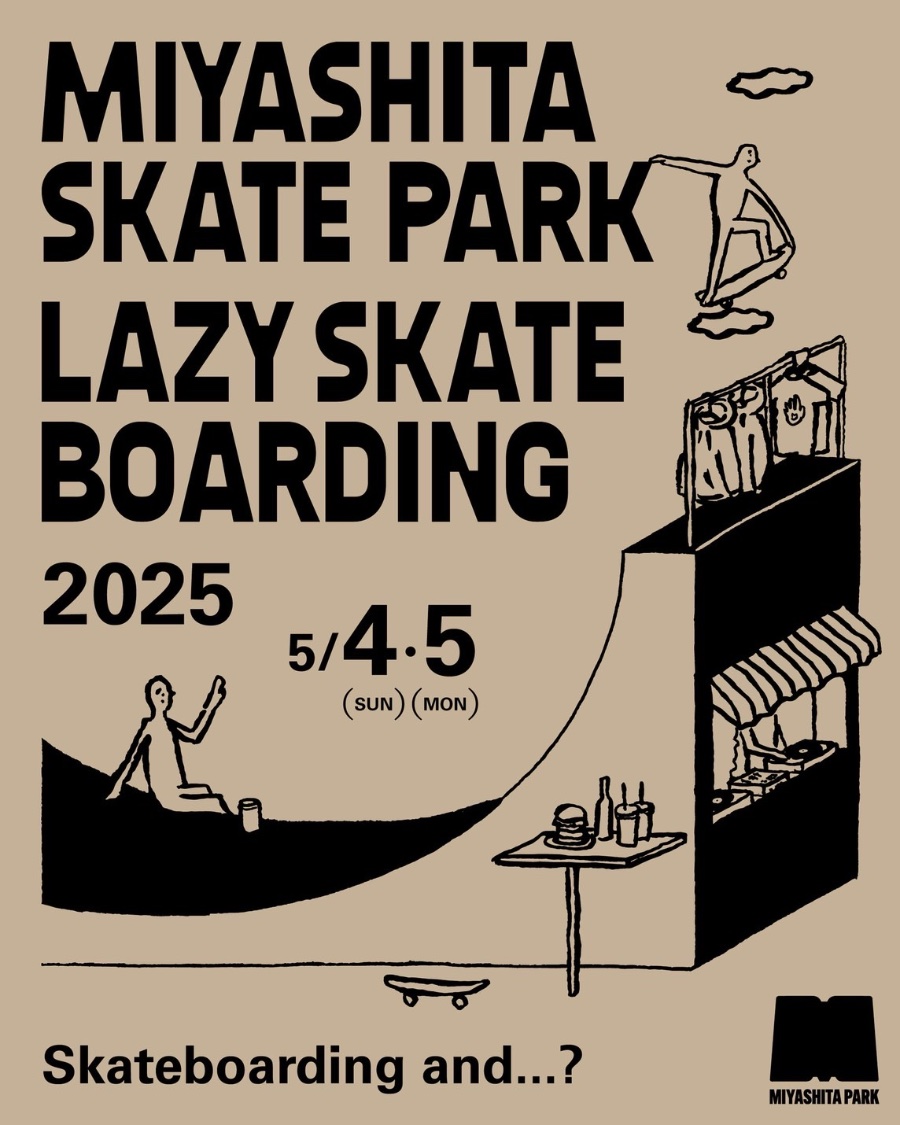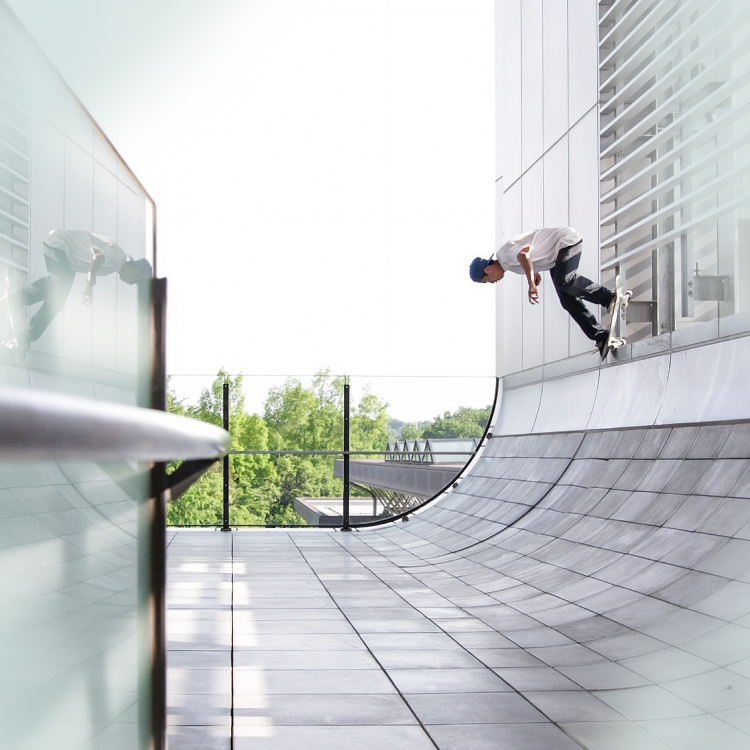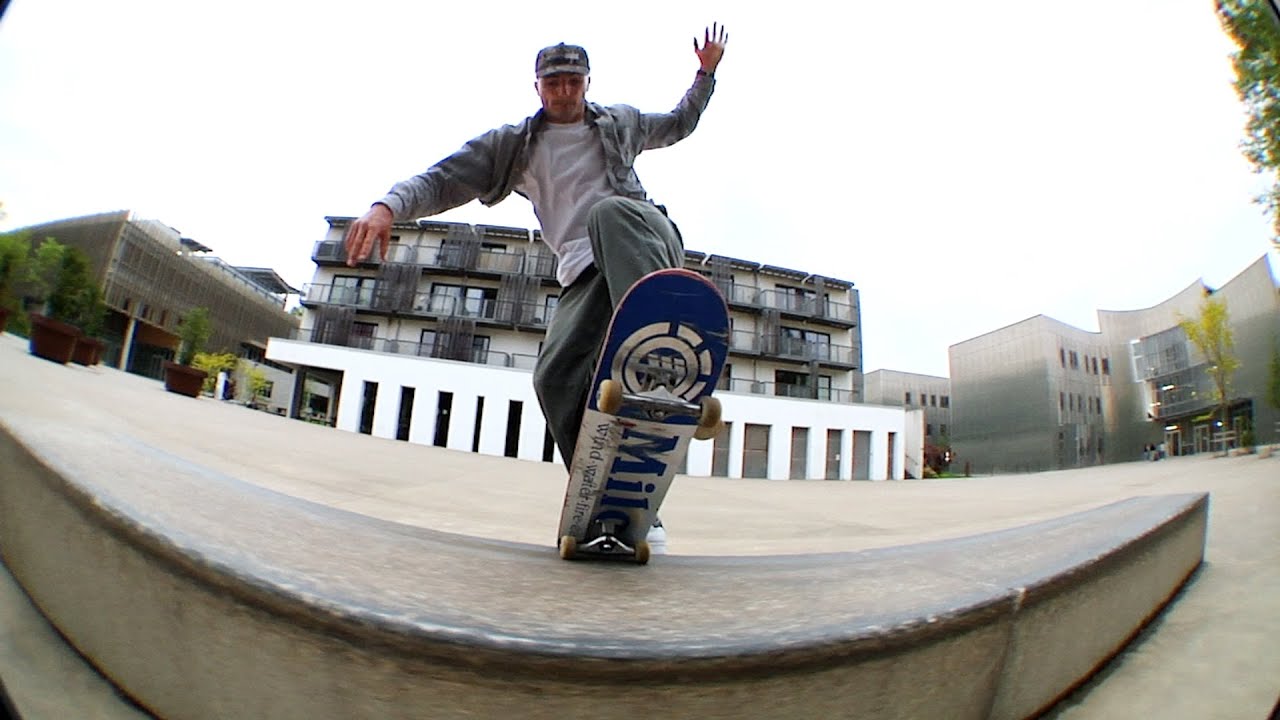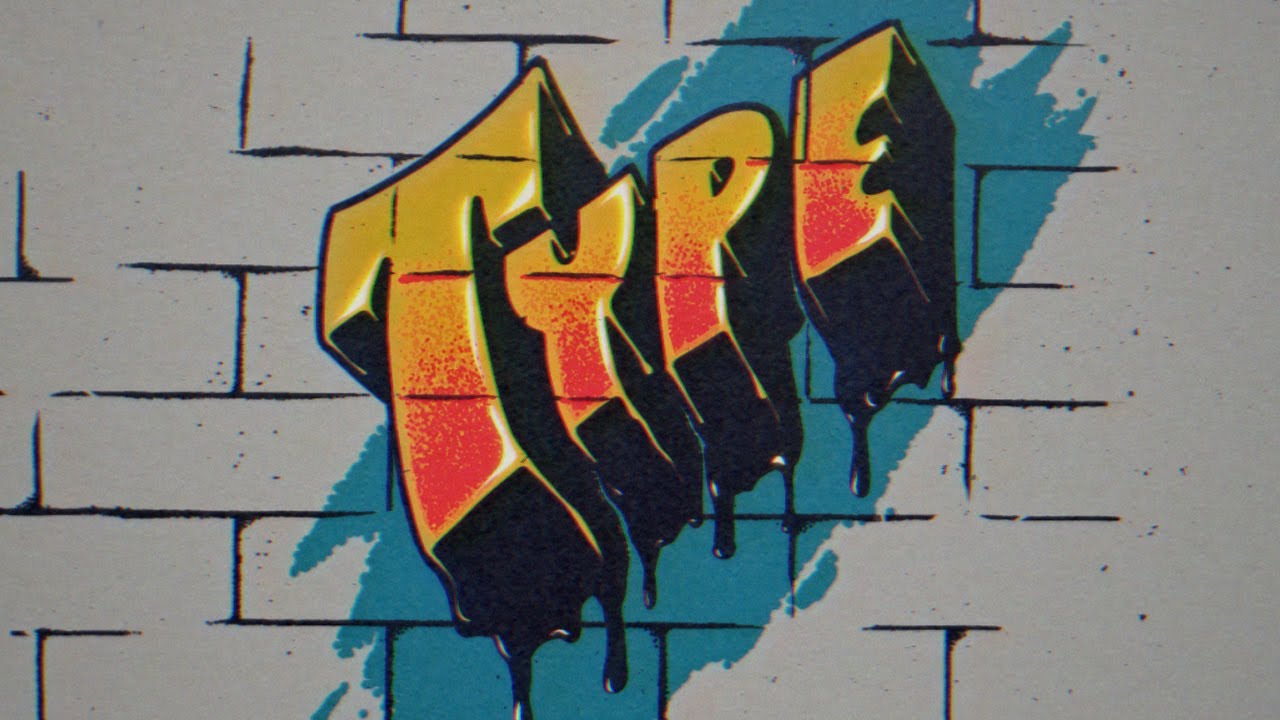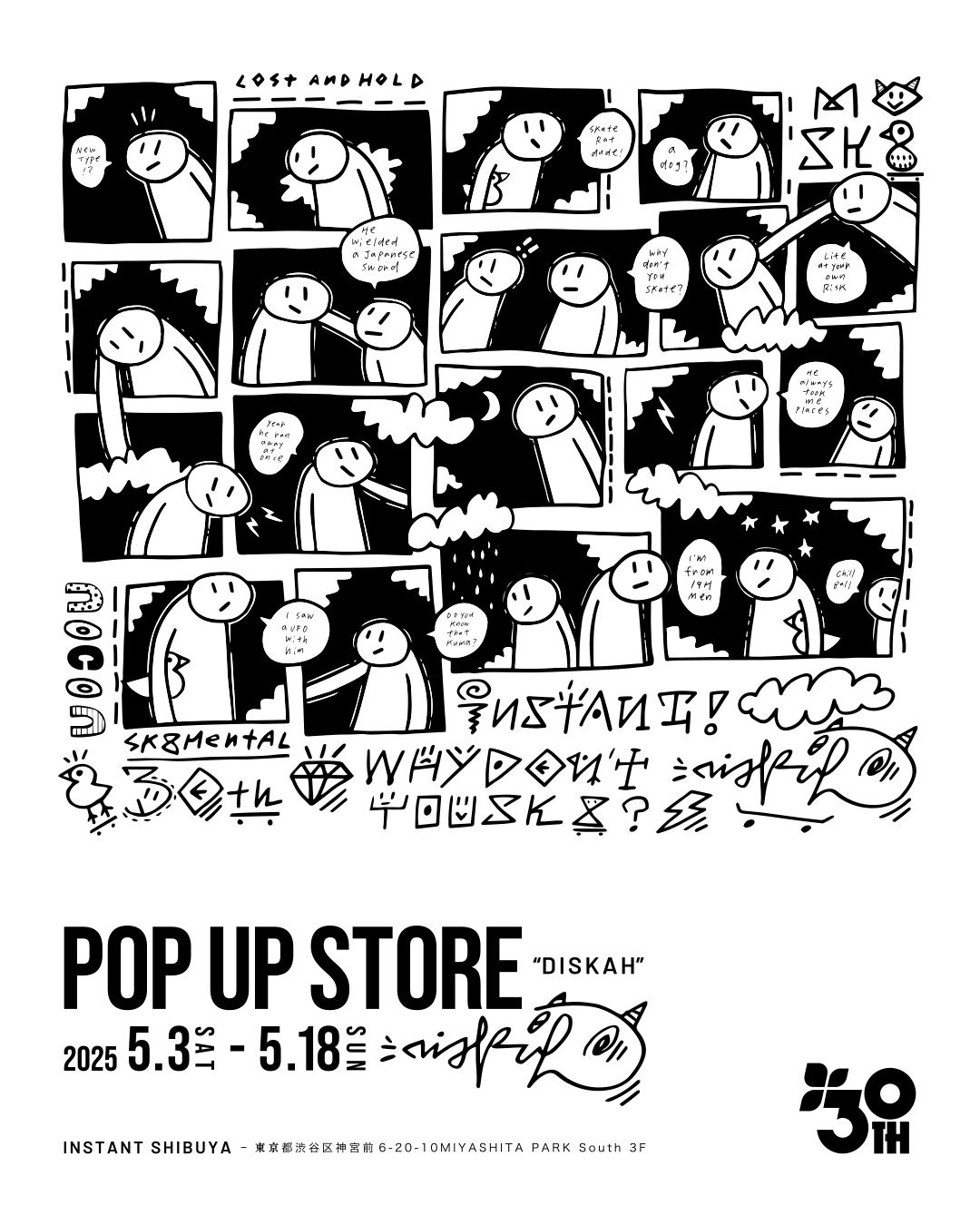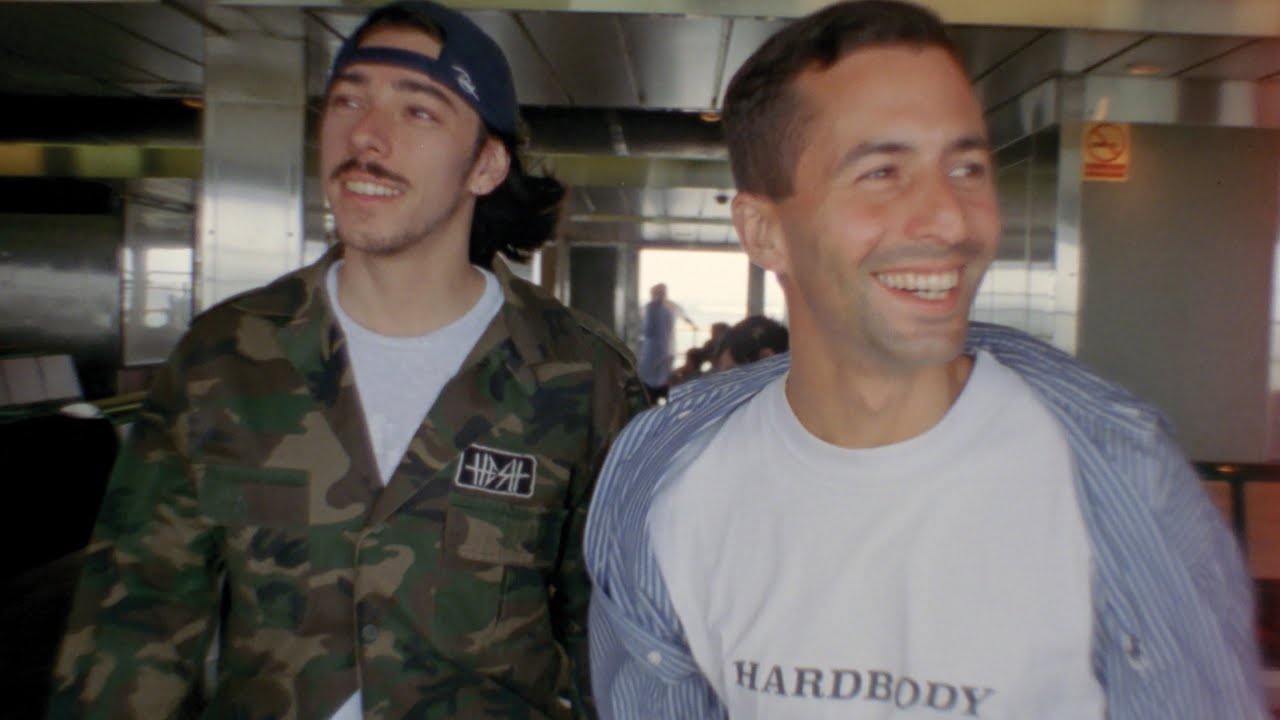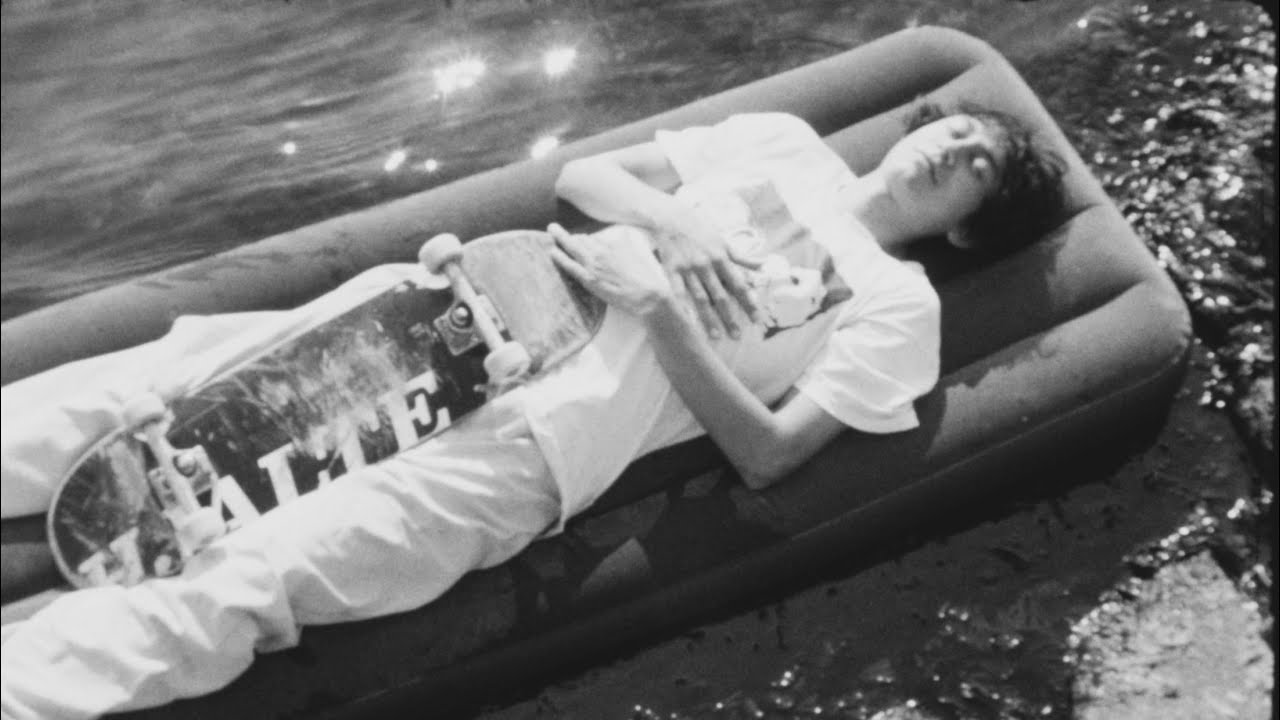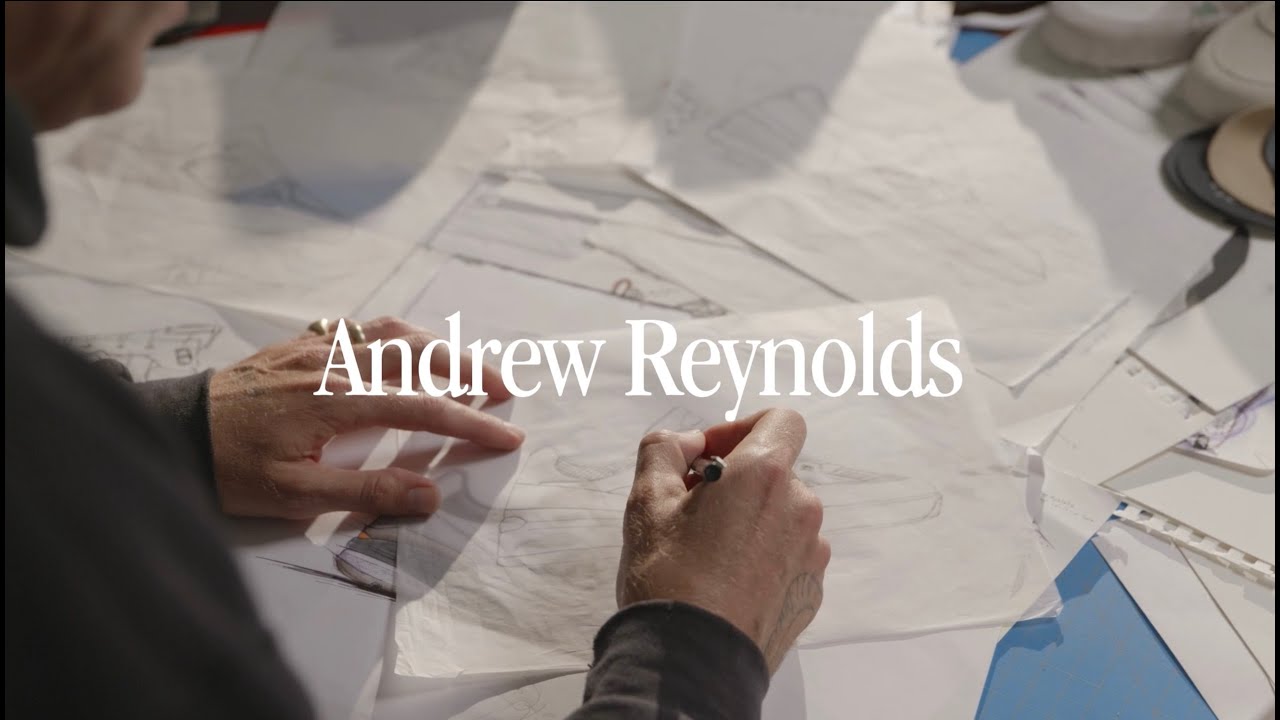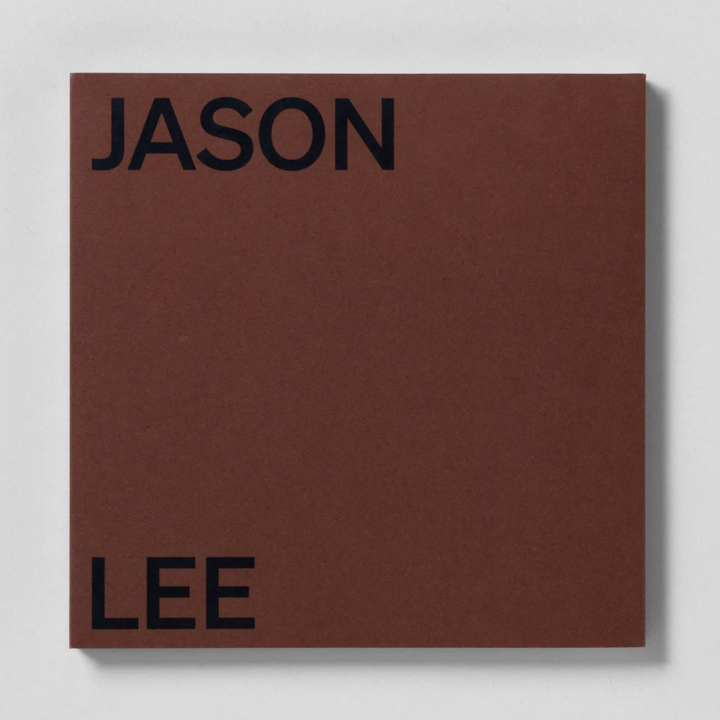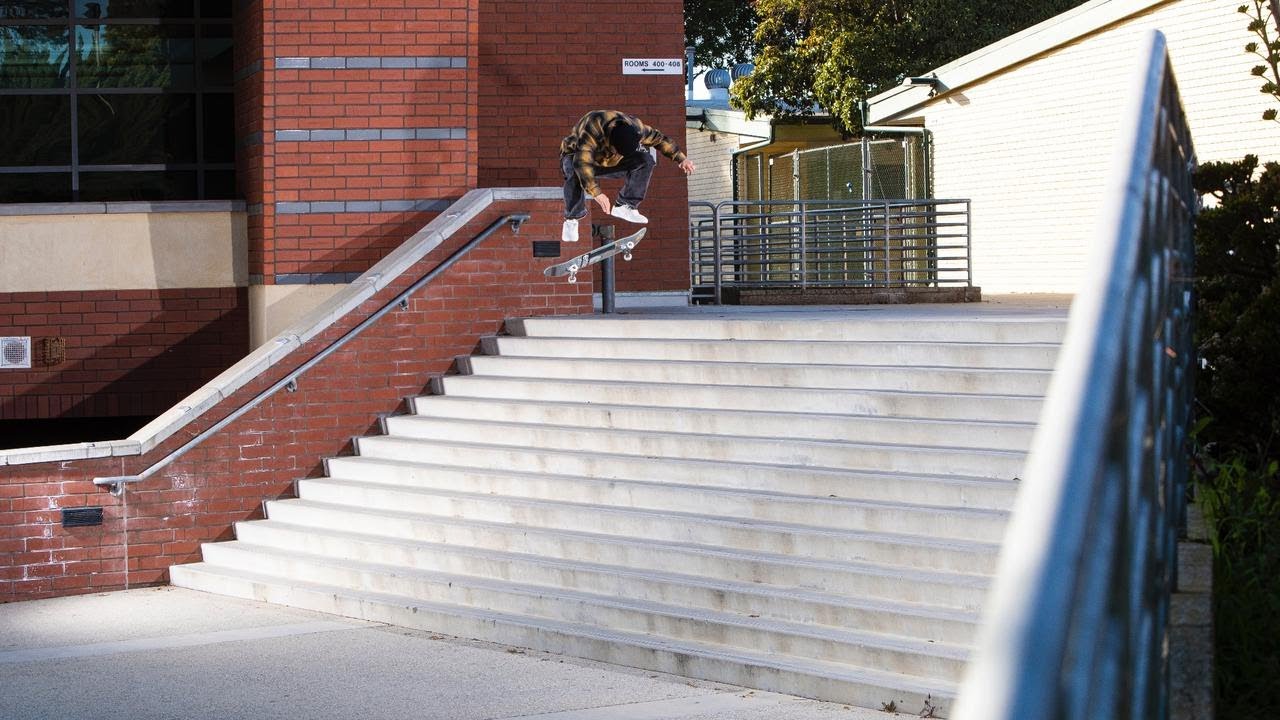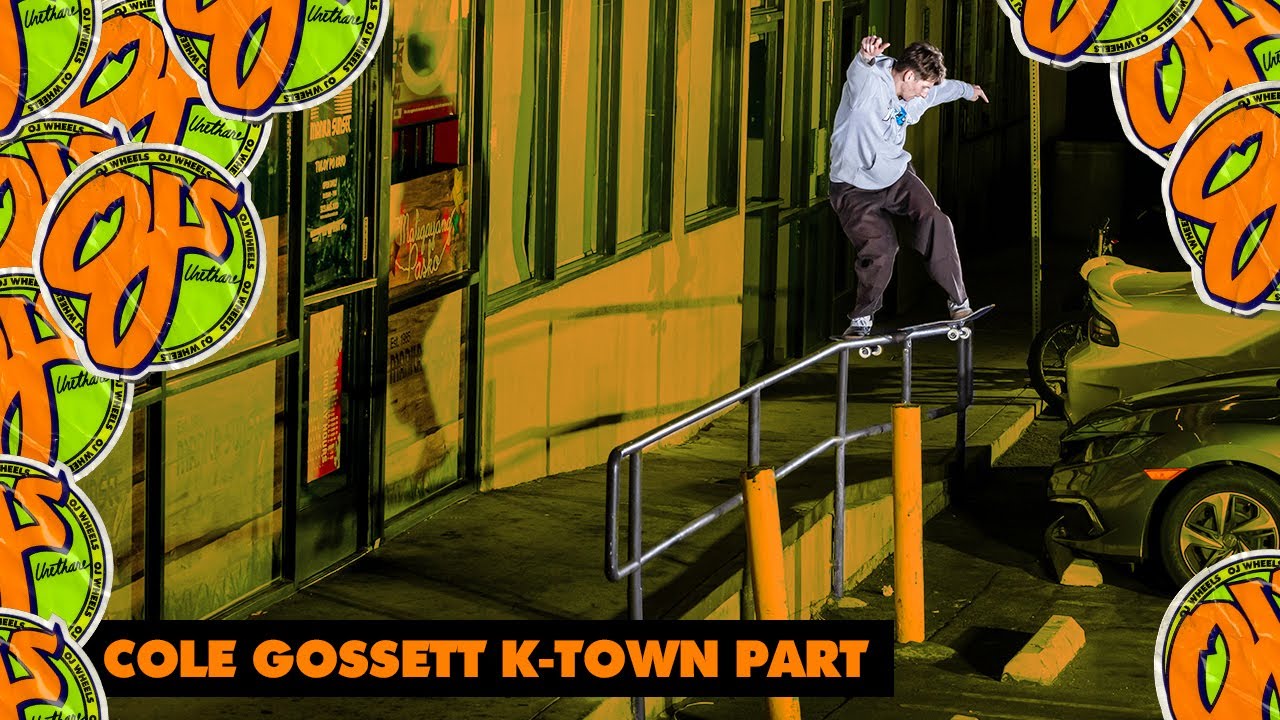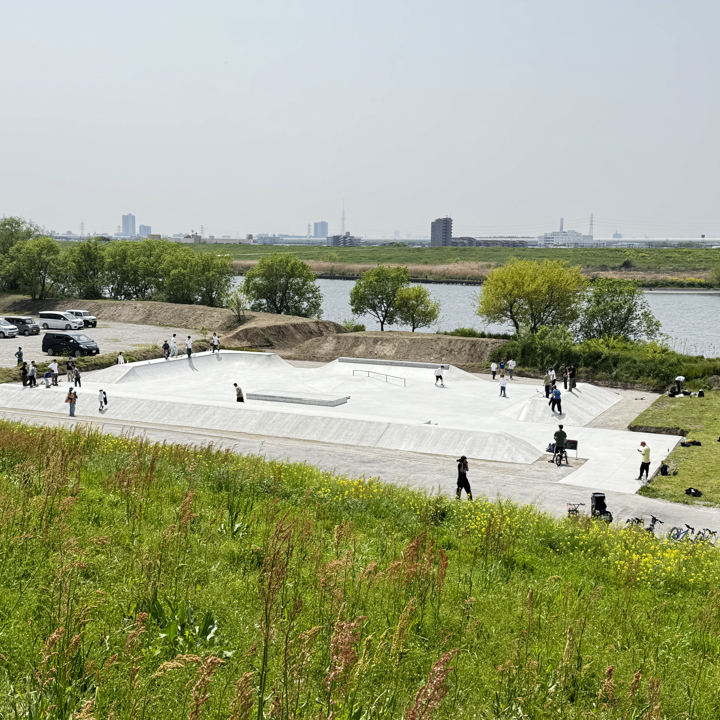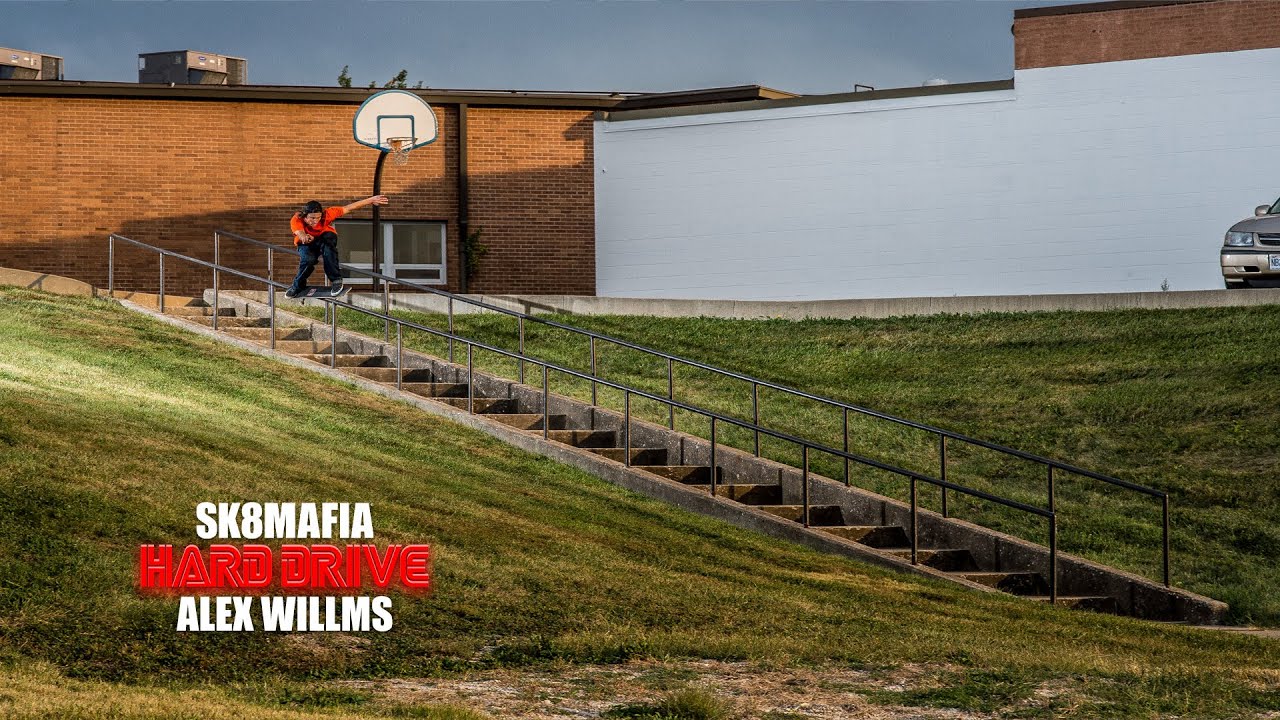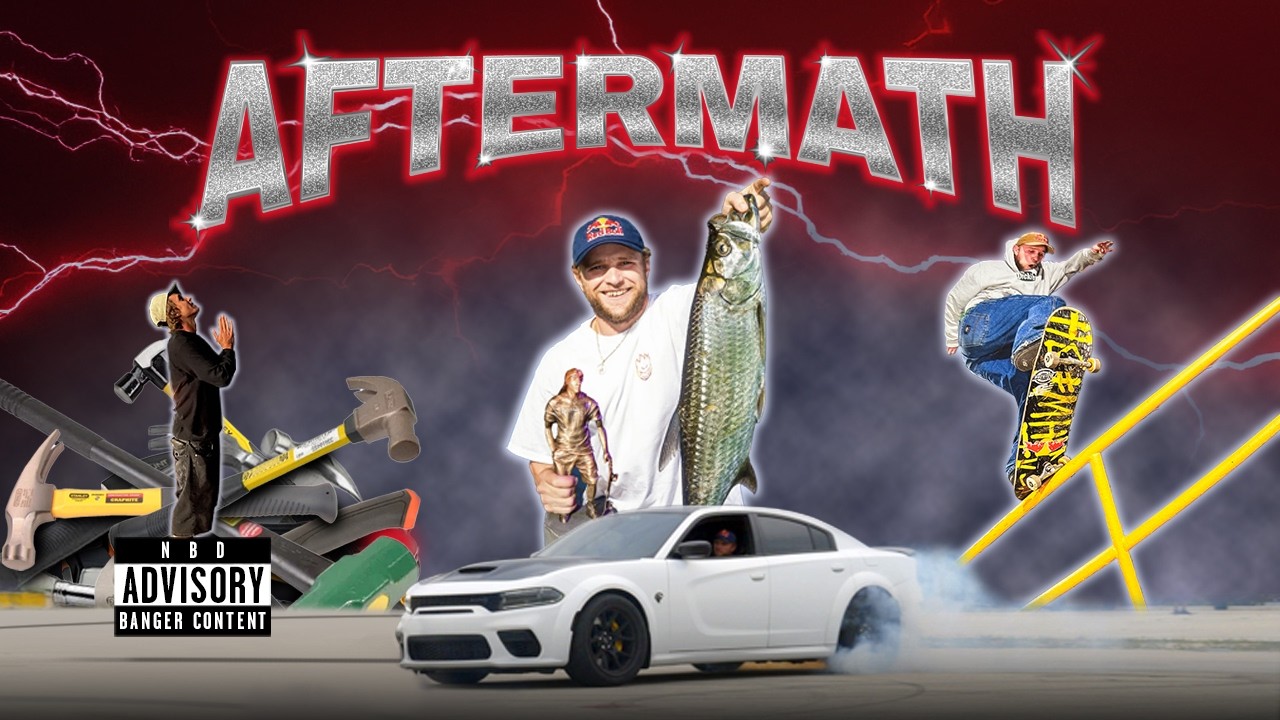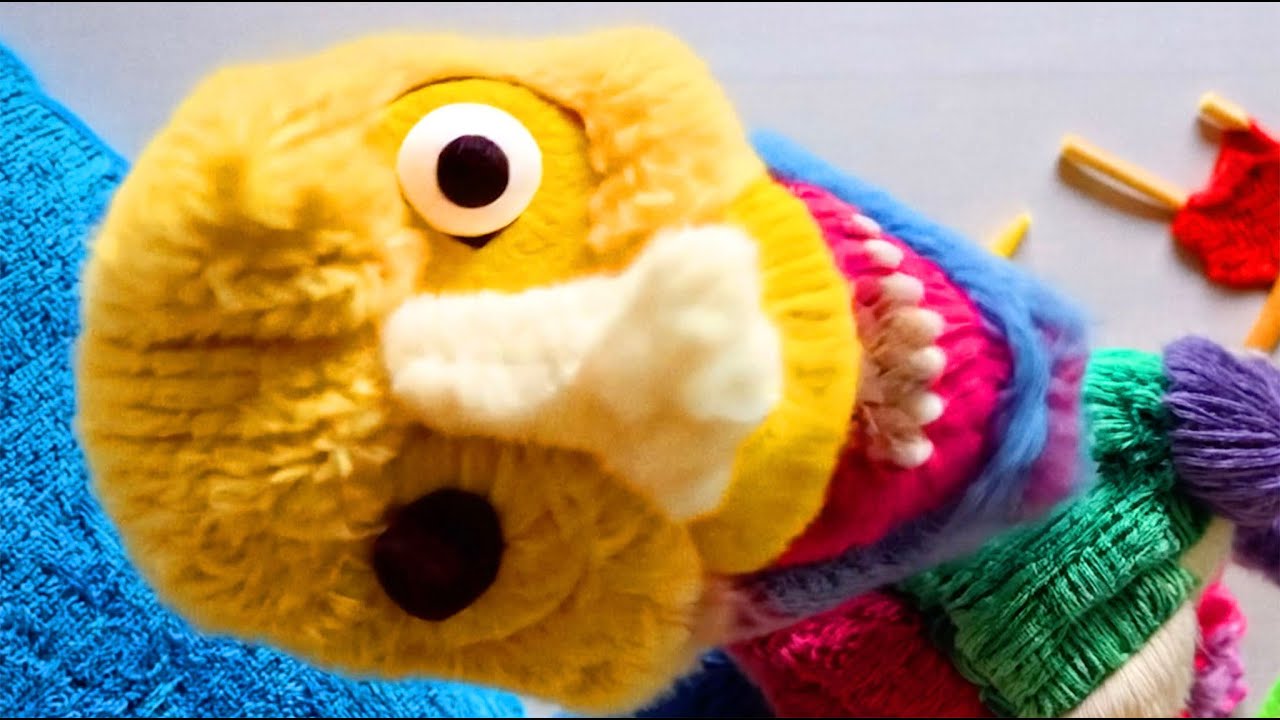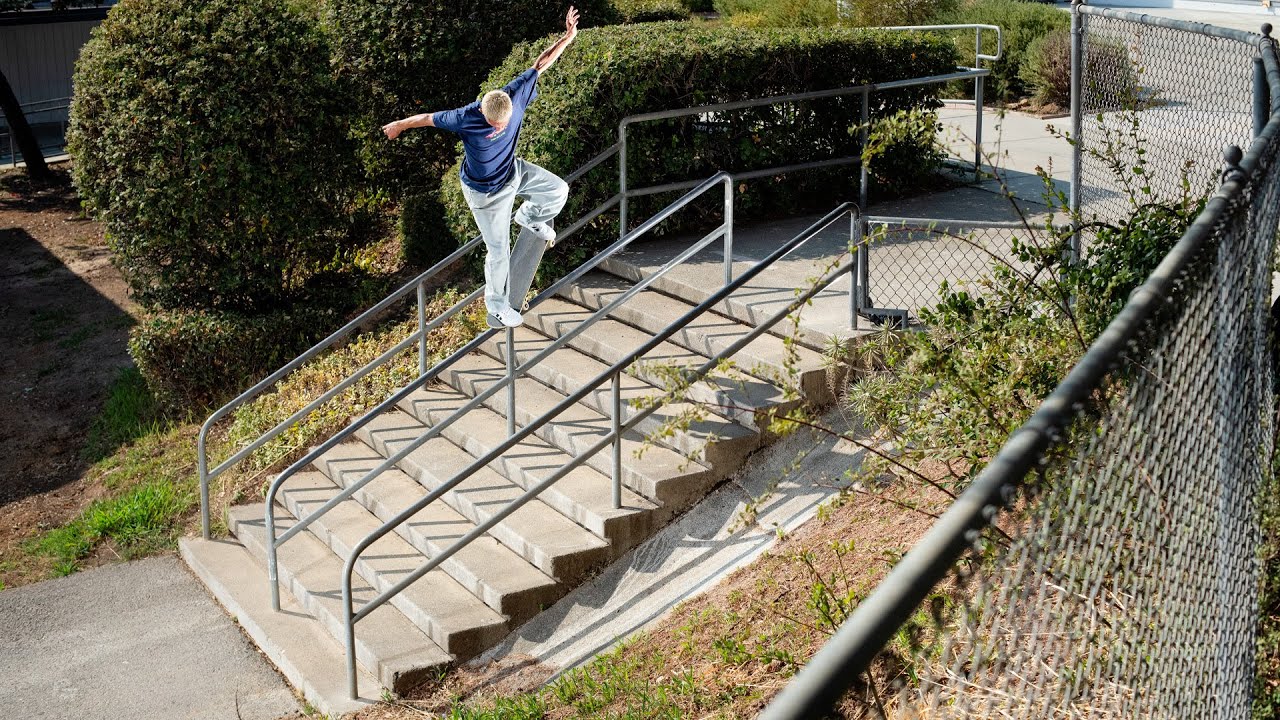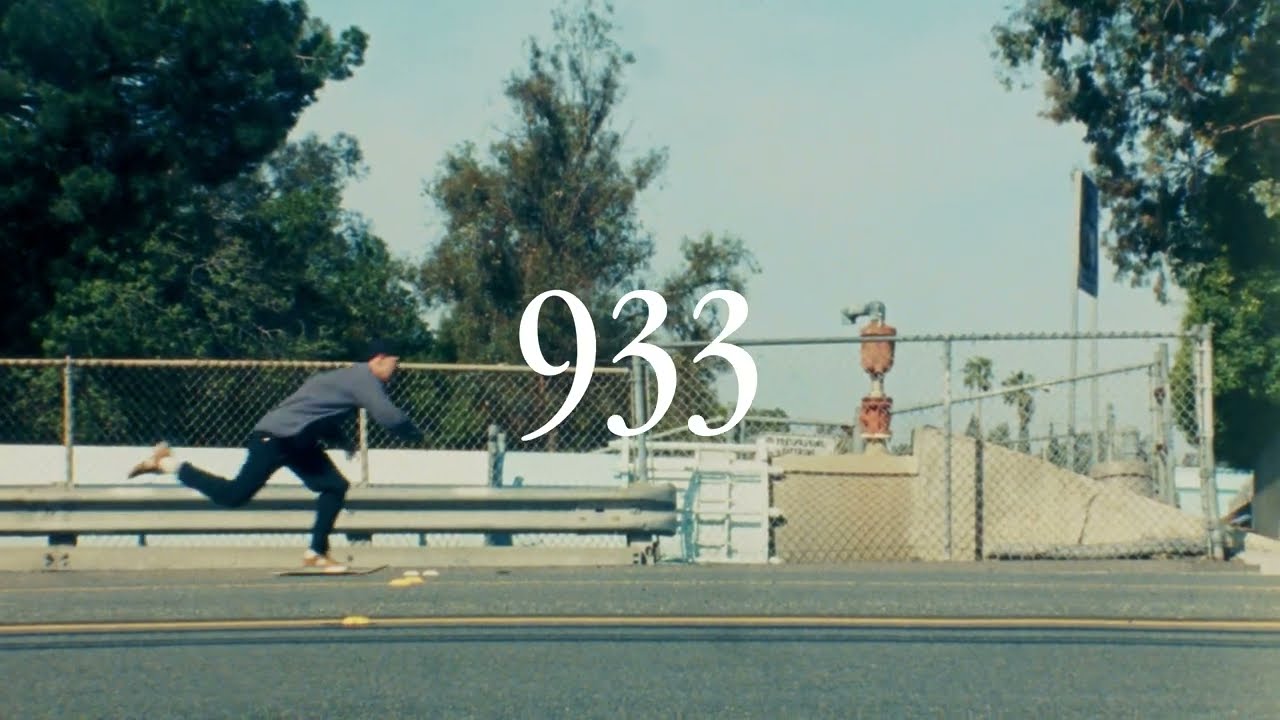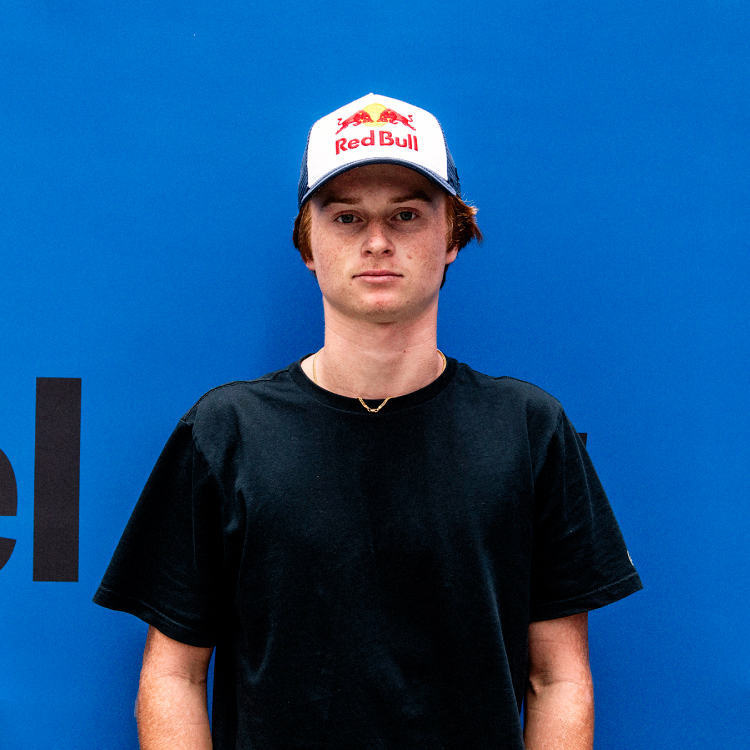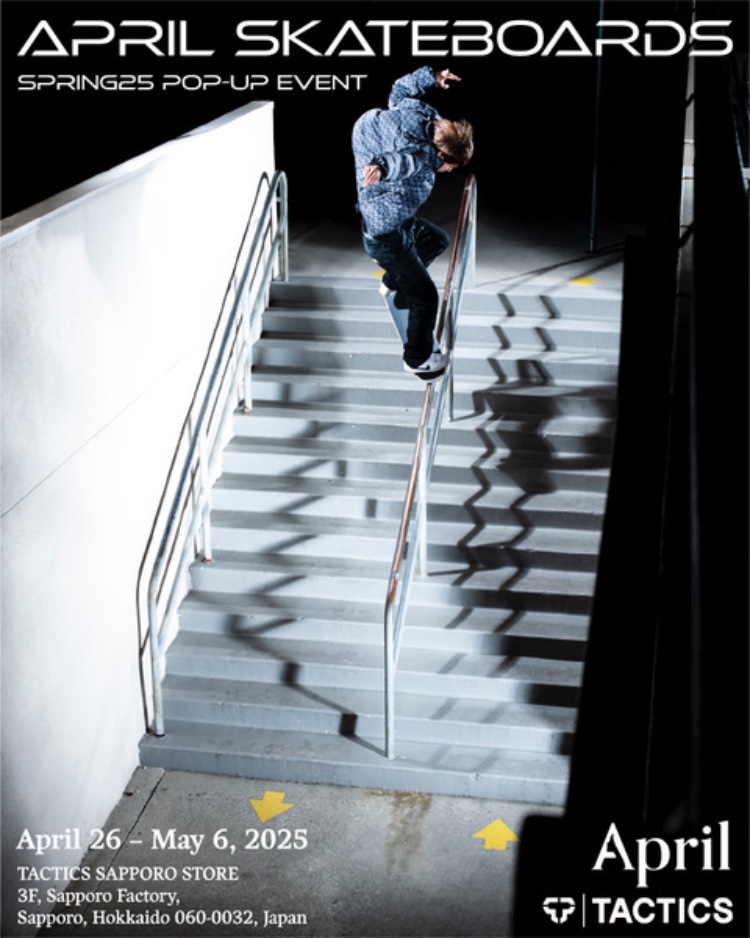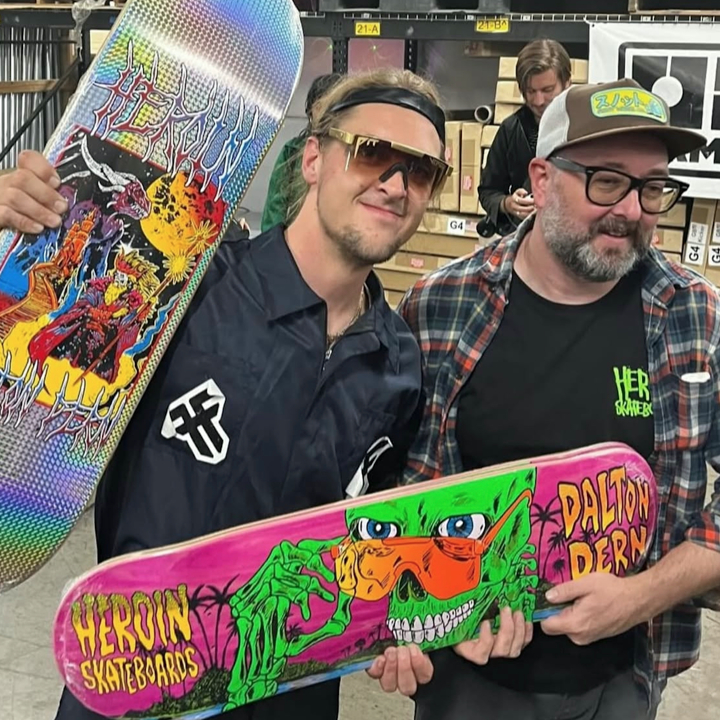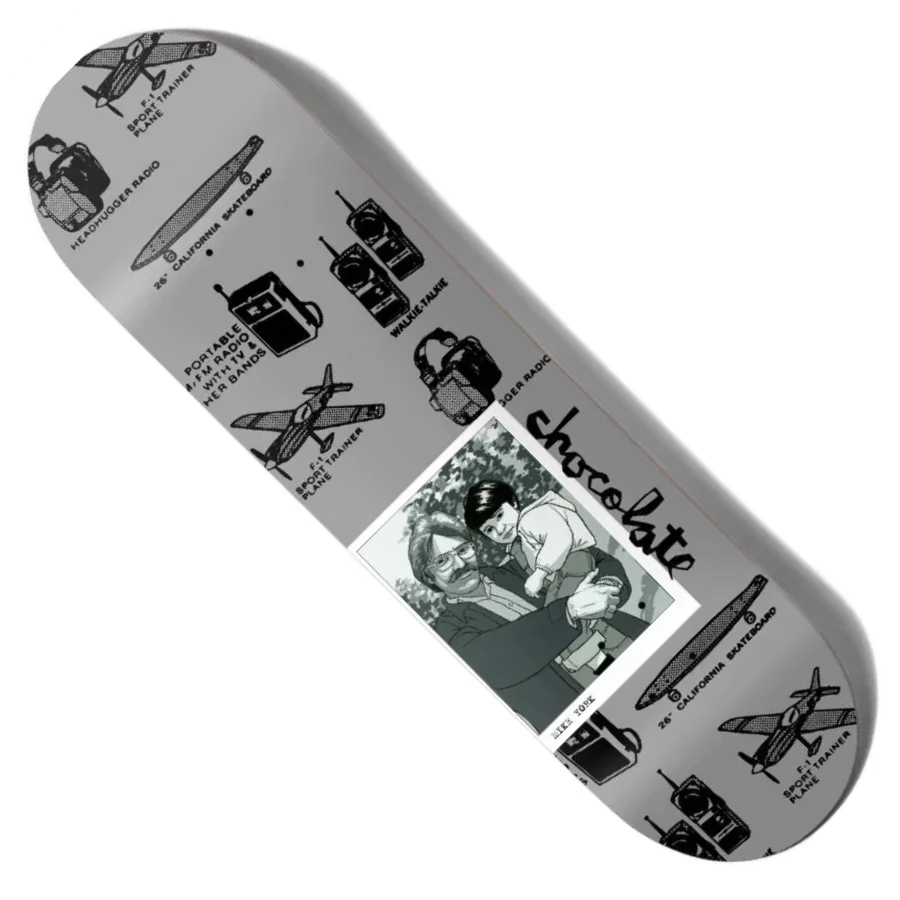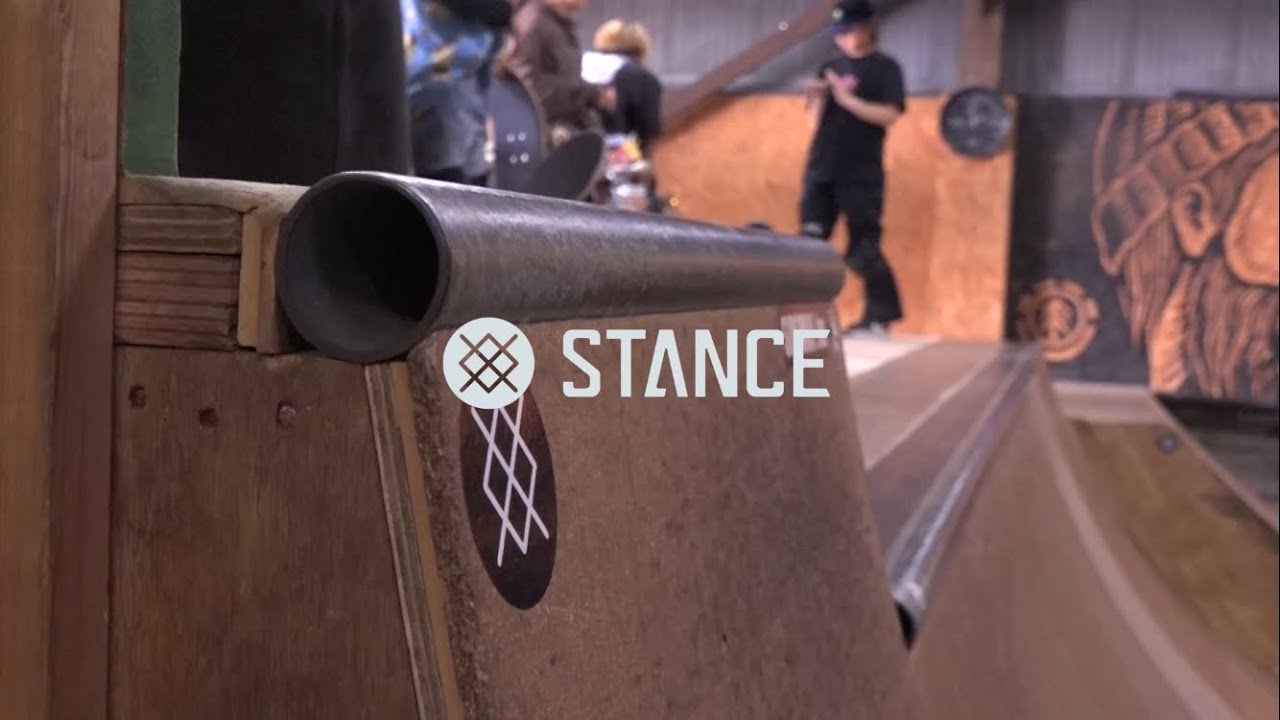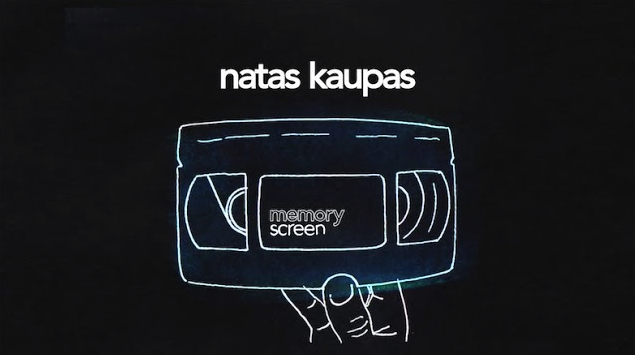With skateboarding and graffiti as the backbone, ESOW incorporated Japanese aesthetics into his work as an artist. Looking back on his career, he had paved a way in various cultures in Japan.
──ESOW (ENGLISH)
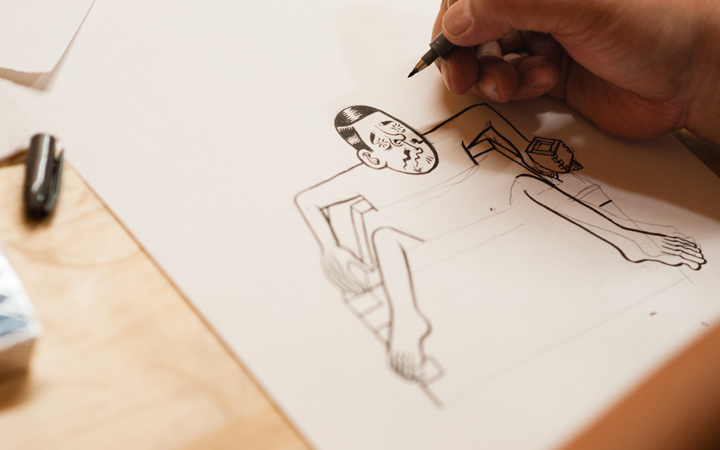
[ JAPANESE / ENGLISH ]
Photos_Shinsaku Arakawa
VHSMAG (V): How did you start skating?
ESOW (E): I first wanted to start surfing. Then I saw this surf magazine and there was an ad with all these skateboards, like the one you saw in Thrasher back in the day. Maybe it was a Stormy ad. I thought the graphics were way cooler than the ones in surf scene. Also skateboard was cheaper than surf boards. So I bought a skateboard at a nearby store in the neighborhood. I was in 5th grade in elementary school.
V: Did you buy it at a skateshop?
E: No, it was a random home center. The board had a Hawaiian radio station sticker called KIKI. That was my first board. I think I bought my decent board at Murasaki... I remember the places that had decent skateboards back then were Murasaki, Stormy, Seibu Sports and Minami Sports. I went to Shichirigahama to surf and became a club member at a shop called Hot Buttered so I could rent a surfboard. They carried skateboards too so I bought a Santa Cruz board. I think it was Jeff Kendall model.
V: Who were you skating with back then?
E: I was surfing so I was skating with a lot of the Shonan guys. I met ZIZOW back then. I was living in Machida so it was easy to get to Shonan by train.
V: Who were your influences?
E: Christian Hosoi... Aaron Murray, Eric Dressen, Scott Oster from Dogtown. Natas Kaupas as well.
V: All the stylers.
E: I mean, it's better to have style.
V: You mentioned Shonan but you're known to be from Shitamachi area.
E: In that area I was going to Max Motion and started hanging out with the guys there. Like Igarashi, and also Monma who passed away who used to work at Koshin. I was skating a lot with them and Akira (Ozawa) was at Murasaki in Ueno. Max Motion and Murasaki were in good terms so we used to hang and skate at Ueno Park.
V: You're known as JESSE other than ESOW. Why people started calling you that?
E: It was from Jesse Martinez. You know, there's this trick where you launch off a jump ramp and tweak a method air. You grab near the nose for normal tweak but for this one you grab backside. I was doing those and people started calling me JESSE. It was a jump ramp era.
V: How did people start recognizing back in that era?
E: Through a skate magazine called Ollie that Devilman (Masanori Nishioka) started. I met him in Shonan and he took me around everywhere. I think most of the skaters from back then became famous through Ollie. Akira was in it too.
V: Looking from younger generation like myself, all the skater in your generation seemed to be super tough and intimidating in a way. How was it like? With the fact that you were hangin g out with Devilman, there must have been a lot of stories...
E: I guess. I was hanging out with older guys and a lot of them were crazy (laughs).
V: Is there any story that you can tell in this interview?
E: In this interview? I'm not really sure... I had a knife pointed at by Devilman in SF. That's pretty much I can tell here (laughs).
V: A knife? Why?
E: Well, I can't really say here... (laughs).
V: That's pretty heavy (laughs). By the way, who were your first sponsor?
E: I think California Street and a surf shop called Betty's. They flowed me Dogtown board and clothing.
V: Betty's used to fly Dogtown skaters to Japan back in the day, right?
E: Yeah, they flew Aaron and those guys. They distributed Dogtown for the first time in Japan.
V: Then you relocated to LA in your late teens?
E: Well the first place I went was Hawaii. Devilman took me there to skate and he introduced me the locals. I've told this story a million times but on the second day we arrived, Devilman took off saying, "I'm going to the mainland." I was left alone and I can't even speak English. I was couch surfing at the locals' houses (laughs). The Devilman came back a week later. I was like, "Fuck this."
V: Okay, so you went to LA after that.
E: Yeah, I wanted to work in LA. Then I got a job at a sushi joint. It was near Venice. I just wanted to work there. All you need is to get social security number and open bank account. You'll have to ignore immigration though. So what I did was leave to Mexico and come back every three months. I was in LA for a year, came back to Japan, then lived in Hawaii for two years.
V: How was it like working at a sushi restaurant in LA?
E: It was okay. I was working with a Mexican guy in the kitchen, cooking tempura. It was tempura and sushi place (laughs). I think I was 17.
V: I'm surprised you decided to move to LA at such a young age.
E: Well, everything was about the US for me back then.
V: You went to LA without knowing anyone there?
E: I didn't know anyone in LA but I got along with the guys at Circle Surf in Venice. The flowed me tees and gave me discount on boards. After that when I moved to Hawaii, Grant Fukuda took me under his wings. He was showing around the guys from the mainland so I got to skate pool with Hosoi.
V: Did you start graffiti in LA?
E: I think so. There was an abandoned railway track with a tunnel where the wall was filled with graffiti. I use to wander around there and study and actually write. I was mainly doing tags. I think he's in NY now but back then there was this tag CHAKA everywhere in LA. Small tag to fat spray tags, everywhere. I was like, "Who is this?" I was kinda mimicking his style. I was also writing at bus stops in Hawaii.
V: So that means you're the first generation graffiti writer in Japan?
E: Yeah, there was a reggae guy writing on wall in Yokohama, but I don't think it was graffiti. It was one of those waves in the reggae lettering type of thing. There as that on Sakuragicho wall and also Keith Haring type guy name LOCO. KAZZROCK was around since then.
V: Your name back then was SMASH ONE, right? How did you join T19?
E: Betty's got closed and I lost the only sponsor. Right around then I heard Saluda and Akira joined a skate brand that O-san (late Hiroshi Otaki) started. I asked O-san if I can get on the team and he welcomed me. Akeem joined after me, then Yoppi. T19 staretd out as Be'in-Works' original board. They had the Japanese playing cards graphic, dragon everslick, and for the third model it became T19.
V: O-san showed me a model with SMASH ONE tag.
E: He made me do that one. I had to tag on 100 boards. He made me do it. Be'in-Works was in Fujisawa back then so I had go all the way there, then write tag and stencil. That was a lot of work.
V: What's one of the most memorable projects with T19?
E: We went to SF to skate in Back to the City contest with all the T19 guys. I think Akira got 14th place or something. I didn't do well at all.
V: Akira used to skate in the Venice contest too and I remember him having a sequence in Big Brother.
E: Yeah, actually I got my board stolen by a gang the night before that contest... We were skating at parking lot of a big super market at night. This low rider Honda pulled over in front of me. Then this Samoan or something gang came out with a shot gun and point it at me saying, "Money." I told then I don't have any, then they took my board. Behind the gang, I could see Saluda getting smaller and smaller... then hid behind a wall and checking out to see how I'm doing (laughs). So I skated the Venice contest with O-san's board.
V: That's crazy. Any other crazy story like that?
E: Yeah, we got shot at. I was n a car with California Street's owner and suddenly the rear window got shattered. Well, I can't explain the reason why here in the interview (Laughs). LA back then was sketchy. It was right after the movie Colors came out, everyone had badana, flannel with only the top button buttoned, Dickies, and Cortez... I was rocking Cortez too. Only gang and PE teacher wear those shoes so skaters told me to stop wearing them (laughs).
V: When you came back to Japan you started a clothing brand.
E: That's years after I came back. I started Maniac with California Street's owner but decided to do it all by myself. After that I tagged with Mino, who started T19 with O-san, and launched Word of Mouth and did that for a while.
V: Takahiro Morita still has Word of Mouth in his sponsor list.
E: I really want him to stop doing that (laughs).
V: So when did you transition from skating to art?
E: Right around the time when H-Street video came out, I thought I can't keep up. You know, when flip tricks and impossible came in. When I saw Pat Duffy's handrail, I gave up (laughs). So I decided to just skate for fun from there. I didn't need to be in skate magazines. I guess that's when.
V: Back then no one really could live off skating or art.
E: It was impossible to make a living. I was trying to figure out though. I start to draw on the wall of this club in Roppongi called EROS, but before that I got paid for drawing on the wall of a bar at Yuigahama beach. I thought this could be the way to make a living for the first time. I decided to go with art. I was only skating before that and never graduated from high school. I never thought I could work a normal job anyways (laughs). I just had to go for it. I was getting art gigs while working part time.
V: When did you start working as ESOW?
E: After I got arrested. I think I was in the twenties. I was super drunk and writing at Harajuku station. Security guard grabbed my hand from behind and cops came right away. Graffiti was a social problem so I was arrested as an example, detained for ten days. I was still writing after that but when I got arrested for the second time I just had to file some paperwork.
V: So what's the story behind the name ESOW?
E: The initials of SMASH ONE. ES and OW, becomes ESOW.
V: You have Japanese taste in your work. How did that happen?
E: I was inspired by TWIST but tried my best not to be like his work. You know, you can't beat the Americans as long as you're mimicking them. I keep saying that I need to incorporate Japanese style.
V: I remember someone talking about you saying something like, "I'd rather wear Tokyo Giants hat than New York Yankees."
E: I still think so. I always wonder why people are wearing Dodgers and Yankees hat. People in LA never wear Yankees hat. I started thinking like that because I was living in the US. You can't be mimicking all the time. Then O-san started T19, which stands for Tokyo Skates, and I thought this is the coolest thing. So I was stoked to be welcomed to the team.
V: They built a lot of things, they're the pioneers in Japan.
E: There's Aki-san, Katsu-san and Devilman's generation, and under them there's O-san's generation. I think there's an age difference between them. O-san used to look up to Aki-san when he was a kid. The I would look up to O-san as a kid. Listened to hardcore punk, wear dirty clothes, hanging out in front of Murasaki in Harajuku... they were awesome. Mino, O-san, Shinchan (Skate Thing), Yama-chan, Steve... They all hung out together. I was so into those guys. O-san used to make zine called DUAAA! That was so cool.
V: Okay, I want to go back to art again. You've been holding show, collaborating with brands, and last year you had an offer from prestigious Isetan. When did you realized that you could go just with art?
E: Gradually. I don't ask around for opportunities. I just take every opportunity that I receive. You need to be always working though. I also try to evolve as much as I can. Then you hold shows to make a living. I can make a living because people buy my work. And also there's a lot of skaters who do art. Hiroki Muraoka is one of them. But to be able to make a living, that's pretty difficult. I'm 47 and I'm finally being able to make a living just with my art.
V: You'er responsible for clothing brand like Maniac, WOM, RGOA and also Transmit. Transmit was the first ever Japanese skate shoe brand.
E: I just wanted to make skate shoes in Japan. But it's tough to do something with friends. Now I'm free on my own. No stress. I'm workin by myself now.
V: Manic was the very first clothing brand in Japanese skate scene, and of course Transmit was the first skate shoe brand. You're the first generation graffiti artist. Looking back on your career, it seems you've paved the way on a lot of things.
E: Well, it's just that those cultures were still young back then.
V: You also had studio / gallery / shop called Furaido in Asakusa. How did that come about?
E: We had all these creators in Shitamachi area so I thought it's be nice to have a space where we can do something. Then one left, two left... People came and went, and I was running it with Vallely (Yosuke Maruyama). But having that kind of space is stressful. I don't really want strangers coming any more (laughs). To be honest, I couldn't work on my art at that space. It was super hot in the summer time and I had work at home (laughs). It was ridiculous to pay rent for a place I hardly use. That's how I quit. Of course it was fun and we did a lot of project as Furaido.
V: でYou say you like to work alone but people naturally come to you. You've been collaborating with KAWA recently.
E: They're easy to hang with. It's better for me to work with people I can have fun with, you know. I like their photos too. Skaters are not the main thing and you can see the photo as a whole. I also like photos shot in the countryside too. They're not from Tokyo and that makes it more Japan-ish. Skaters blending in the scenery and if the trick is good, then that's even better.
V: What can we expect from you? Where do you want to take your art to?
E: I have a book called DAILY ESOW out from Bueno! Books. Where do I want t take my art to...? Nowhere really. I just want to keep drawing like this. I don't necessarily need to work on huge project (laughs). As long as I can make a normal living, drink, draw everyday... I'm living a happy life.
ESOW
@esowom
Born in 1972 in Tokyo. One of the skaters who led Tokyo skate scene in the '90s as the member of T19. He has also run numerous clothing brands and skate shoe brand, now working as artist under the name ESOW. His newest book DAILY ESOW is now available.













